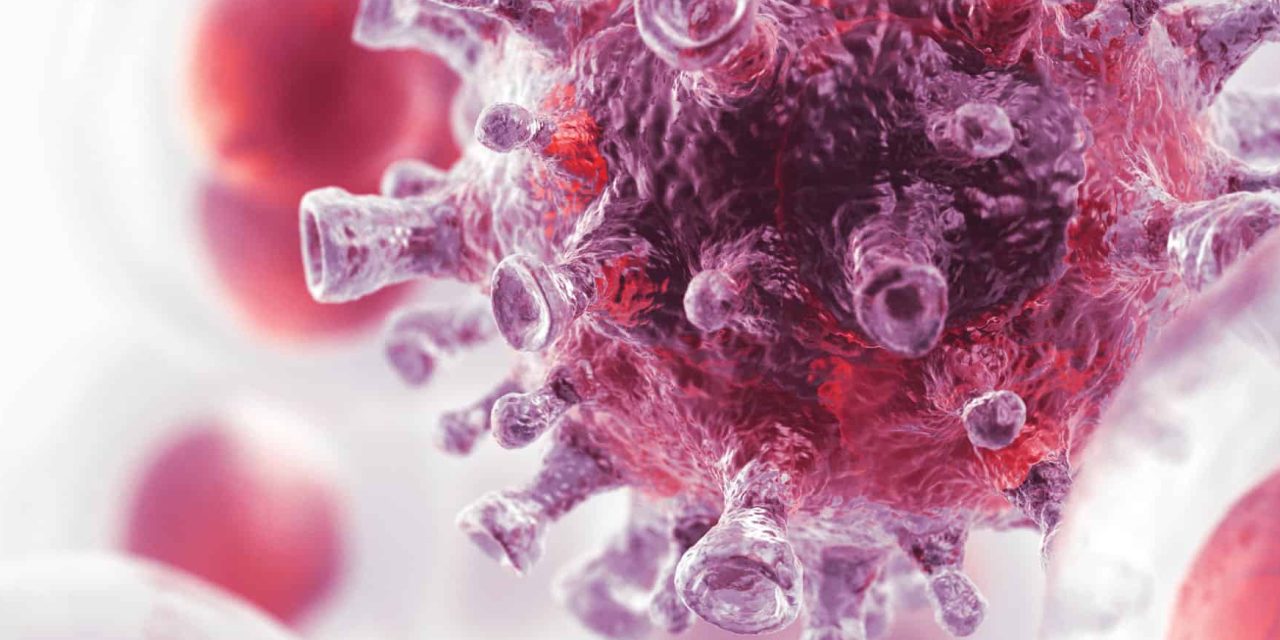Serological assays are of critical importance to investigate correlates of response and protection in COVID-19, to define previous exposure to SARS-CoV-2 in populations and to verify the development of an adaptive immune response in infected individuals.
We studied 509 confirmed COVID-19 patients from the San Raffaele Hospital of Milan and 480 pre-pandemic organ donor sera collected in 2010-2012. Using fluid-phase luciferase immune precipitation (LIPS) assays, we characterized IgG, IgM, IgA antibodies to the spike Receptor Binding Domain (RBD), S1+S2, nucleocapsid, and ORF6 to 10 of SARS-CoV-2, to the HCoV-OC43 and HCoV-HKU1 betacoronaviruses spike S2, and the H1N1Ca2009 flu virus hemagglutinin. Sequential samples at 1 and 3 months post-hospital discharge were also tested in 95 patients for SARS-CoV-2 RBD antibodies.
Antibodies developed rapidly against multiple SARS-CoV-2 antigens in 95% of patients by 4 weeks post-symptoms onset and IgG to the RBD increased until the 3rd month of follow-up. We observed a major synchronous expansion of antibodies to the HCoV-OC43 and HCoV-HKU1 spike S2. A likely co-infection with influenza was neither linked to a more severe presentation of the disease nor to a worse outcome. Of the measured antibody responses positivity for IgG against the SARS-CoV-2 spike RBD was predictive of survival.
The measurement of antibodies to selected epitopes of SARS-CoV-2 antigens can offer a more accurate assessment of the humoral response in patients and its impact on survival. The presence of partially cross-reactive antibodies with other betacoronoviruses is likely to impact on serological assay specificity and interpretation.
COVID-19 survival associates with the immunoglobulin response to the SARS-CoV-2 spike Receptor Binding Domain.


